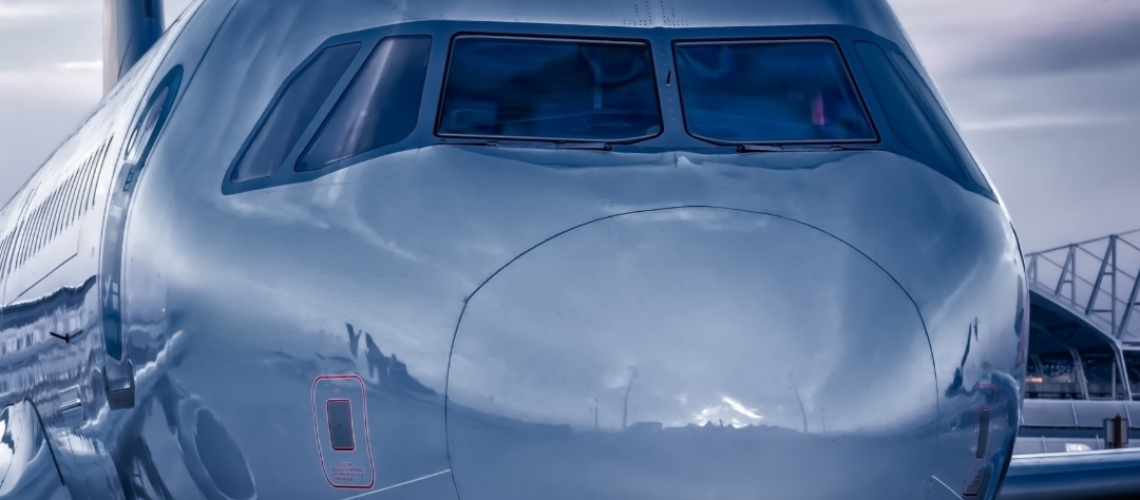We don’t have to look far for examples, as Boeing’s safety culture has been on the mainstream media’s radar for years, with the company trying to regain trust and altitude with its B737 Max series. On the opposite side of the ocean, in Europe’s own backyard, Airbus is facing commercial pressure and has informed airlines that hundreds of their A320neo jets will be grounded in the coming years to investigate a rare production issue in Pratt & Whitney’s Geared Turbofan engine series.
Aviation safety demands more than just meeting minimum requirements. It requires a collective commitment to safety protocols and promoting a genuine culture of vigilance and reporting.
Your safety is our #1 priority
This is a familiar phrase in the aviation industry, but recent reports from FPUR members indicate a concerning pattern of airlines not complying with work and rest time regulations.
The situation gets worse when managers resort to threats of job loss and bully crew members into adopting a culture of secrecy that prioritizes efficiency over safety and well-being. This permanent pursuit for efficiency and productivity has only increased these concerns, as pilots and cabin crew experienced serious fatigue levels during the last few years. Multiple studies and surveys among aviation professionals reveal the same alarming perception that flight safety is decreasing.
Must watch Pilots: ‘European flights are becoming less safe’. Zembla investigation
FPUR advises all operators to review their scheduling practices ahead of the forthcoming busy summer season and ensure regulatory compliance and crewing levels. It’s not only about adhering to regulations; it’s also about understanding the basic principles of a safety-first culture in every operation, decision, and situation.
“In our view, there is simply no room for compromise when it comes to safety. We strongly encourage crewmembers to contact us immediately if they are faced with duties and scheduling practices that may be illegal,” says Mircea Constantin, Secretary General of FPU Romania.
Read also Commanders’ Discretion: probably the most abused rule in today’s aviation industry
We will continue to do our part and press for authorities to accept responsibility for enforcing these safety standards instead of passing the blame back and forth.
Following an investigation launched last year by FPU Romania concerning aviation health and safety oversight in Romania, Joachim Lücking, Head of Unit Aviation Safety at the European Commission, responded in a letter that “in the European Union’s aviation sector, multiple bodies are responsible for ensuring health and safety compliance in the event of occupational hazards occurring onboard aircraft. This includes EASA, national civil aviation authorities, national labor authorities, and health and safety bodies. Each of these bodies operates within a framework of EU regulations and national laws, ensuring a comprehensive approach to health and safety in aviation.”
He then continued, saying that “Member States authorities are free to inspect any aircraft and crew as part of the EU Safety Assessment of Community Aircraft (SACA) ramp inspection program. Competent national authorities are largely responsible for enforcing national legislation transposing EU directives, with the European Commission only acting in circumstances where Member State authorities break EU law. For example, in cases where a provision of national law is not in line with EU law or in cases where national authorities systematically and persistently fail to correctly apply EU law.”
Unfortunately, despite available statistics, which may continue to showcase a healthy industry, day-to-day operations and reports from our members reflect a very different picture. Economic pressures and a growing focus on profits and shareholder interests have compromised safety standards, leading to mind-blowing management practices, dysfunctional oversight systems, and a serious lack of enforcement of labor laws and aviation regulations.


